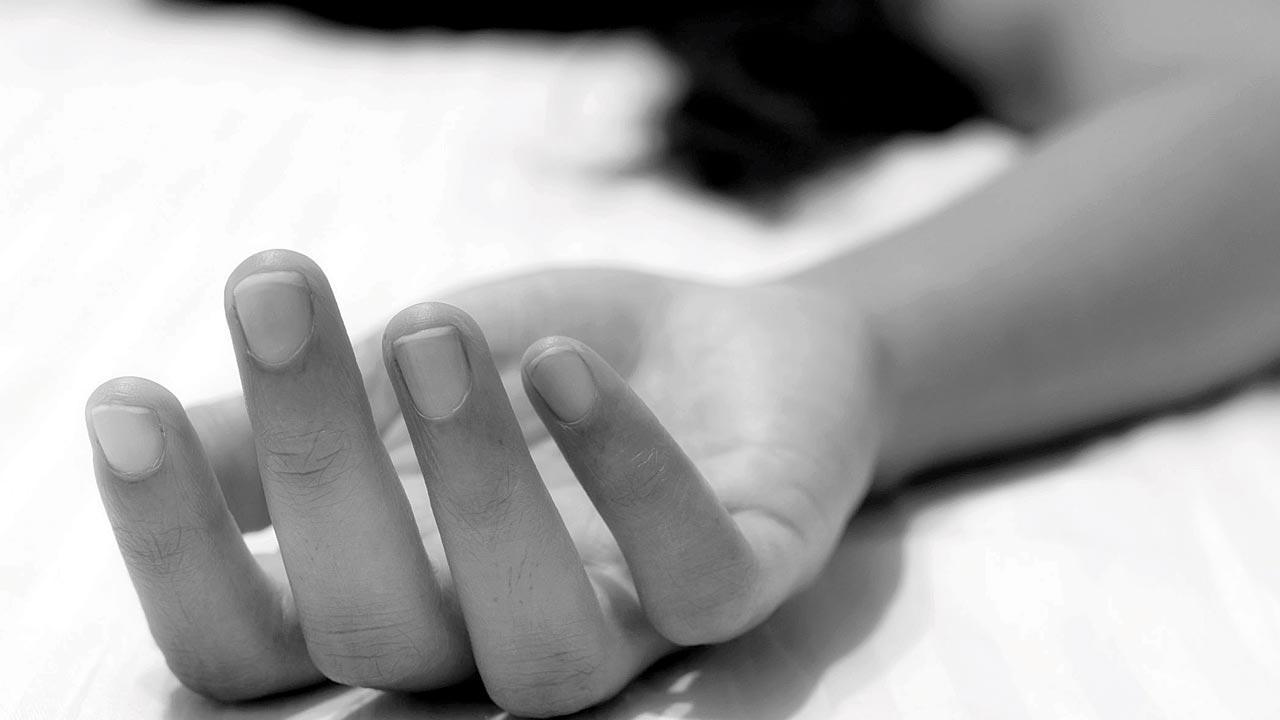Education is not saving Indian women from suicide, finds a new study supported by Gates Foundation. Family problems emerge as top reason, but effective intervention unlikely until police gather nuanced data about the why and how

The study by PHFI shows that women with education of Class VI or higher make up the largest demographic of suicide cases in India
The general perception,” says professor Rakhi Dandona, “is that education empowers women by providing them with career opportunities and autonomy. Our findings, however, show that even with high levels of education, women in this country may not be able to obtain the ‘empowerment’ that we talk about.”
Dandona, who works with the Public Health Foundation of India (PHFI), and is a professor of Global Health at the University of Washington, has been researching the prevalence of female suicide in India for several years.
ADVERTISEMENT
“It’s a research area very close to my heart,” she tells mid-day. “Globally, men tend to have higher suicide rates than women, and so, there has been a sustained research emphasis on male suicides. While this gender difference remains true for India, we also have a shockingly high rate of female suicides compared to other countries. This is why we wanted to look into the sociodemographic explanations for the high prevalence of female suicide in India.”
Dandona and her colleagues at PHFI recently conducted a study, the results of which were published in May this year. Their research focused on the demographic factors behind female suicides, which call into question some long-held beliefs about suicide.
For this, PHFI used data compiled by the National Crime Records Bureau (NCRB), which publishes its annual reports on crimes and other related statistics on its website. According to the figures mentioned in its Accidental Deaths and Suicides chapter, a total of 45,026 women died by suicide in 2021. The same figure stood at 44,498 in 2020.
Studying the NCRB data from 2014 to 2020, PHFI found that the suicide rate was significantly higher for women with an education level of Class VI or higher, as compared to women who had no education.
“We felt that the implications of this finding were very unique. The idea that prevails is that educated women should be better able to live autonomously, earn their own money, and therefore, should be less likely to take their own lives. Our study, evidently, did not support this idea, although some past research has. Clearly, education and empowerment do not go hand-in-hand for these women, in this regard,” says Dandona.
The study also looked at potential reasons for suicide among Indian women, and found that the most common reason mentioned on police reports was “family problems”, which accounted for 36.3 per cent of the deaths in India. Health was the second-highest recorded reason, while marriage was recorded as a reason more frequently in less developed states.
“The issue with this finding,” the public health epidemiology expert says, “is the lack of a clear definition of ‘family problems.’ The data is collated by police across the country, from small villages to big cities. The tools are not standardised enough to tell us what specific elements to look at.”
The study, which obtained funding from the Bill & Melinda Gates Foundation, also challenges assertions that married women are more likely to die by suicide as compared to single women. A widely-reported statistic from the NCRB is that 50 per cent of female suicide victims in India are housewives by profession. However, Dandona explains, “If you look at that finding on its own, it’s easy to make the assumption that housewives are taking their lives more than anyone else. For policy makers, seeing results like this would encourage them to focus their attention on married women, but this doesn’t account for the fact that a very large proportion of women in India are housewives by occupation. There are more police reports about married women dying by suicide because they make up a very large proportion of the population.”
Dandona’s study avoided this problem by extrapolating the results to the population level. “We ultimately found that contrary to many people’s expectations, there was no significant difference between the suicide death rate of women who had never married and that of married women. What’s even more striking is that the suicide death rate of women that had never married is increasing, according to our results.”
It is, perhaps, high time to relook the way suicides are approached by the authorities, with sensitivity and prevention being the top priority. As PHFI’s report states, “The reasons provided in the tabulated formats in the NCRB data were not nuanced enough to offer insights that could facilitate interventions by state, age, marital status or education.”
Future research, Dandona adds, should employ qualitative measures to understand the reasons behind suicide in more depth, and determine what interventions need to be made.
Top findings from the study
1 Family problems was the most common reason for suicide from 2014 to 2020, accounting for 36.3 per cent of reported suicide deaths
2 In 2020, the suicide death rate was higher among women with an education of Class VI or more (10.2) than those with no education (3.8) or education until Class V (5.4), with similar patterns in most states
3 The suicide death rate by occupation in 2020 was higher for women who worked outside the home as compared with housewives, with the highest suicide death rate for those who were unemployed
 Subscribe today by clicking the link and stay updated with the latest news!" Click here!
Subscribe today by clicking the link and stay updated with the latest news!" Click here!








